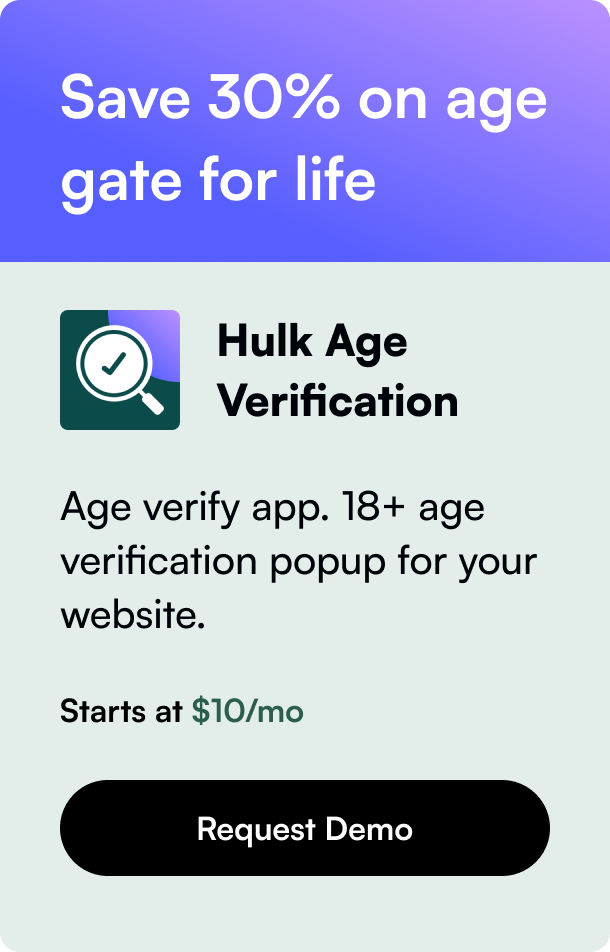Table of Contents
- Introduction
- The Importance of Removing Unused App Code
- How to Identify and Remove Leftover App Code
- Maintaining a Clean Shopify Store
- Conclusion
- FAQ
In today's fast-paced online retail world, Shopify stands out as a platform that offers business owners a streamlined, user-friendly way to build and manage their online stores. One of the greatest strengths of Shopify is its robust app ecosystem that allows users to extend the functionality of their stores with various third-party applications. However, a common issue arises when apps are uninstalled; their leftover code can remain, potentially slowing down your site and affecting user experience. Are you facing such a dilemma? This detailed guide will teach you how to remove app code from Shopify, ensuring your store remains clean, efficient, and fast.
Introduction
Did you know that the speed of your Shopify store can significantly influence your conversion rates and SEO performance? A study by Google found that as page load time goes from one to five seconds, the probability of bounce increases by 90%. This statistic underlines the importance of keeping your Shopify store optimized by removing any unnecessary app code. This blog post will delve deep into why it's critical to remove leftover app code and provide you with a comprehensive, step-by-step approach to doing so efficiently.
We'll cover the importance of regular maintenance to your Shopify store, how to identify leftover app code, and the steps to remove it safely. By the end of this post, you'll be equipped with the knowledge to keep your Shopify store running smoothly, enhancing your customers' shopping experience.
The Importance of Removing Unused App Code
When you uninstall an app from your Shopify store, it doesn't always mean that all its components are removed. Bits of code can remain embedded in your theme's code files, leading to several issues:
- Slower Page Load Times: Leftover code can increase the time it takes for your pages to load, which can frustrate users and lead to higher bounce rates.
- Cluttered Theme Code: Excess code can make your theme files messy and more challenging to navigate, especially if you need to make manual adjustments.
- Potential Conflicts: Residual app code can conflict with new apps or Shopify updates, causing functionality issues on your site.
Understanding the potential pitfalls of unused app code highlights the necessity for regular site maintenance to ensure optimal performance.
How to Identify and Remove Leftover App Code
Identify Leftover Code
Before diving into code removal, it's essential to identify which parts of your theme's code belong to uninstalled apps. Here’s how you can start:
- Review App Documentation: Some app developers provide instructions for fully removing their app, including any embedded code.
- Use Theme Code Search Function: In your Shopify theme editor, use the search function to look for references to the uninstalled app. This could include filenames, app-specific CSS classes, or JavaScript functions.
Removing the Leftover Code
Once you've identified the leftover app code, follow these steps to remove it carefully:
-
Backup Your Theme: Before making any changes, duplicate your theme to create a backup. This ensures you have a restore point if needed.
-
Edit Your Theme Code:
- Navigate to ‘Online Store’ > ‘Themes’.
- Find your current theme and click on ‘Actions’ > ‘Edit code’.
-
Remove App Code:
- Use the search function to find remnants of the app code in your theme files (
theme.liquid,header.liquid,footer.liquid, etc.). - Carefully delete any code snippets related to the uninstalled app. Look for
<script>tags, CSS files, or any HTML related to the app. - Save your changes.
- Use the search function to find remnants of the app code in your theme files (
-
Test Your Website: After removing the code, thoroughly test your website to ensure everything functions correctly. Pay special attention to features related to the code you've deleted.
-
Consider Professional Help: If you're uncomfortable making these changes yourself, consider hiring a Shopify Expert. They can ensure that the code is removed correctly without affecting your store’s functionality.
Maintaining a Clean Shopify Store
Routine maintenance is key to keeping your Shopify store at peak performance. Here are some additional tips for keeping your shop optimized:
- Regularly Review Installed Apps: Periodically assess if you still need all your installed apps. Uninstall those that are no longer necessary.
- Monitor Page Speed: Use tools like Google PageSpeed Insights to monitor your site's loading times and identify any issues.
- Stay Up to Date: Ensure your theme and all apps are updated. Developers often release updates that improve speed and compatibility.
Conclusion
Cleaning unused app code from your Shopify store is crucial for maintaining a fast, efficient site that delivers an excellent customer experience. While the thought of diving into your store's code might seem daunting, following the structured approach outlined above can make the process straightforward and safe. Remember, a well-maintained Shopify store not only enhances user experience but also improves your SEO ranking and conversion rates.
FAQ
Q1. How often should I clean up my Shopify store's code?
Ideally, you should review your store’s code for unnecessary elements every time you uninstall an app. At minimum, conduct a thorough checkup every six months.
Q2. Can leftover app code affect my store's SEO?
Yes, leftover code can slow down your page load times, negatively affecting your SEO.
Q3. What if I accidentally delete important code?
This is why backing up your theme is critical. If you make a mistake, you can restore your theme from the backup.
Q4. Do all apps leave behind code when uninstalled?
Not all, but it's common. Always check after uninstalling an app.
Q5. Is there a tool that can automatically remove unused code?
Currently, there is no automated tool that safely removes all unused code, as it requires context that only a human or the app developers can provide.








